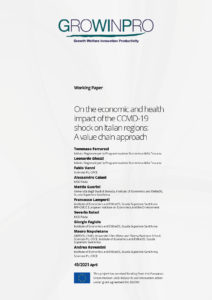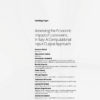We build an agent-based model to study how coordination failures, credit constraints and unequal access to investment opportunities affect inequality and aggregate income dynamics. The economy is populated by households who can invest in alternative projects associated with different productivity growth rates. Access to investment projects also depends on credit availability. The income of each […]







